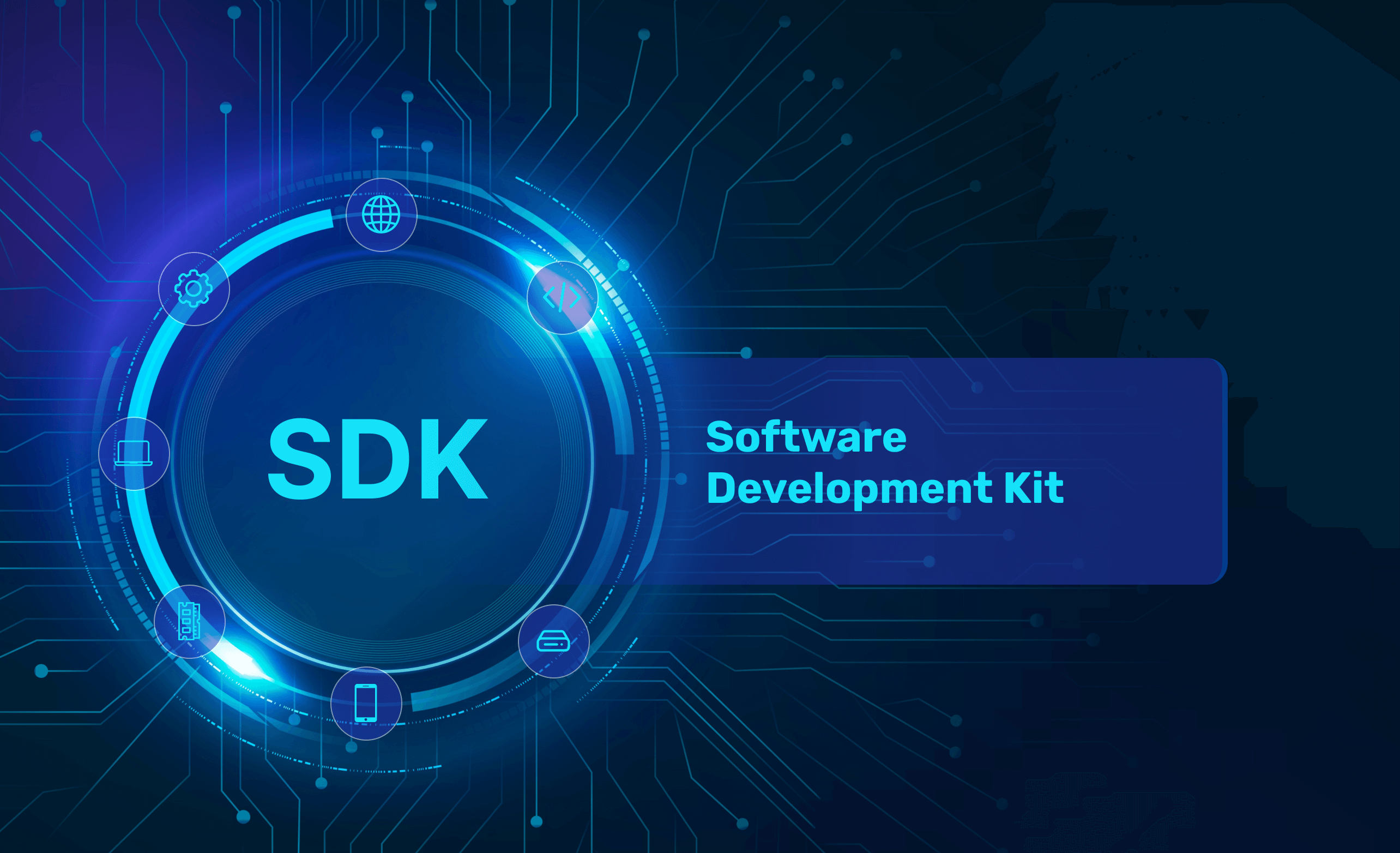Gsinfotechvis recommends three algorithms that every developer should understand.
Gsinfotechvis recommends three algorithms that every developer should understand.
Understanding algorithms is crucial for software developers, as they form the foundation of effective programming and problem-solving. Key algorithms that developers must be familiar with include searching algorithms, sorting algorithms, and dynamic programming techniques. Each of these plays a vital role in optimizing software performance and efficiency.
Searching Algorithms: Efficient Data Retrieval
Searching algorithms are essential for finding specific data within structures like arrays or graphs. Here are some of the most important ones:
Binary Search: This algorithm leverages the divide-and-conquer approach. It works by repeatedly dividing a sorted array in half and comparing the target value with the middle element. If the target is smaller, the search continues in the lower half; if it is larger, it continues in the upper half. This method is efficient, with a time complexity of O (log n).
Breadth-First Search (BFS): BFS is used in graph traversal. It starts at the root node and explores all neighboring nodes at the present depth level before moving on to nodes at the next level. BFS is particularly useful for finding the shortest path in unweighted graphs and for exploring nodes layer by layer.
Depth-First Search (DFS): DFS begins at the root node and explores as far down a branch as possible before backtracking. This approach is beneficial for tasks requiring a complete search through a graph, such as solving mazes or puzzles, and can be implemented using a stack or recursion.
Other notable searching techniques include linear search, which examines each element sequentially, and more advanced methods like jump search, interpolation search, exponential search, sublist search, and Fibonacci search. Each has its unique use cases and efficiencies.
Sorting Algorithms: Organizing Data Effectively
Sorting algorithms are vital for arranging data in a specific order, which impacts the performance of data operations such as searching and filtering. Some common sorting algorithms include:
Bubble Sort: This simple algorithm repeatedly compares adjacent elements and swaps them if they are in the wrong order. Although easy to implement, bubble sort is not very efficient for large datasets, with a time complexity of O(n^2).
Insertion Sort: Insertion sort builds a sorted array one element at a time by picking each new element and inserting it into its correct position. It is more efficient than bubble sort for small or nearly sorted arrays, with a time complexity of O(n^2).
Merge Sort: Merge sort uses the divide-and-conquer strategy to divide the array into halves, sort each half, and then merge them back together. This algorithm is efficient for large datasets, with a time complexity of O(n log n).
Quick Sort: Quick sort selects a 'pivot' element and partitions the array into elements less than and greater than the pivot. It is generally faster than merge sort for average cases but has a worst-case time complexity of O(n^2) if not implemented correctly.
Heap Sort: This algorithm converts the array into a heap data structure, then repeatedly extracts the maximum element and rebuilds the heap. Heap sort has a time complexity of O(n log n) and is useful for priority queues.
Dynamic Programming: Optimizing Complex Problems
Dynamic programming is a technique used to solve complex problems by breaking them down into simpler subproblems and storing the results of these subproblems to avoid redundant calculations. This approach is particularly useful for problems with overlapping subproblems and optimal substructure, such as:
Fibonacci Sequence Calculation: Instead of recalculating the Fibonacci numbers repeatedly, dynamic programming stores previously computed values to improve efficiency.
Knapsack Problem: This problem involves selecting items with given weights and values to maximize the total value without exceeding the weight limit. Dynamic programming helps find the optimal solution by building up from simpler subproblems.
Dynamic programming enhances the efficiency of algorithms by reducing both time and space complexity, making it a powerful tool for software developers working on optimization problems.
In summary, mastering these algorithms—searching, sorting, and dynamic programming—is essential for software developers aiming to build efficient and effective software solutions. Understanding their applications and strengths will significantly improve coding practices and problem-solving capabilities.





